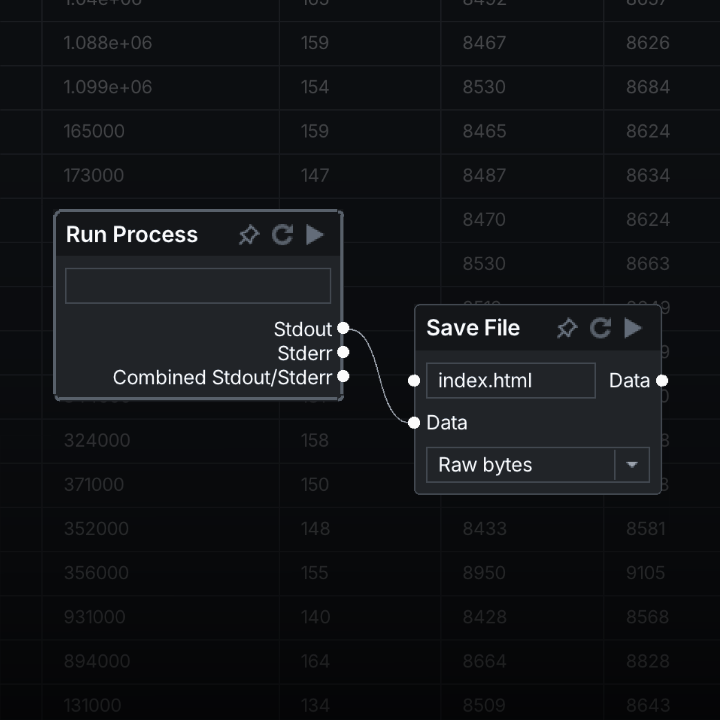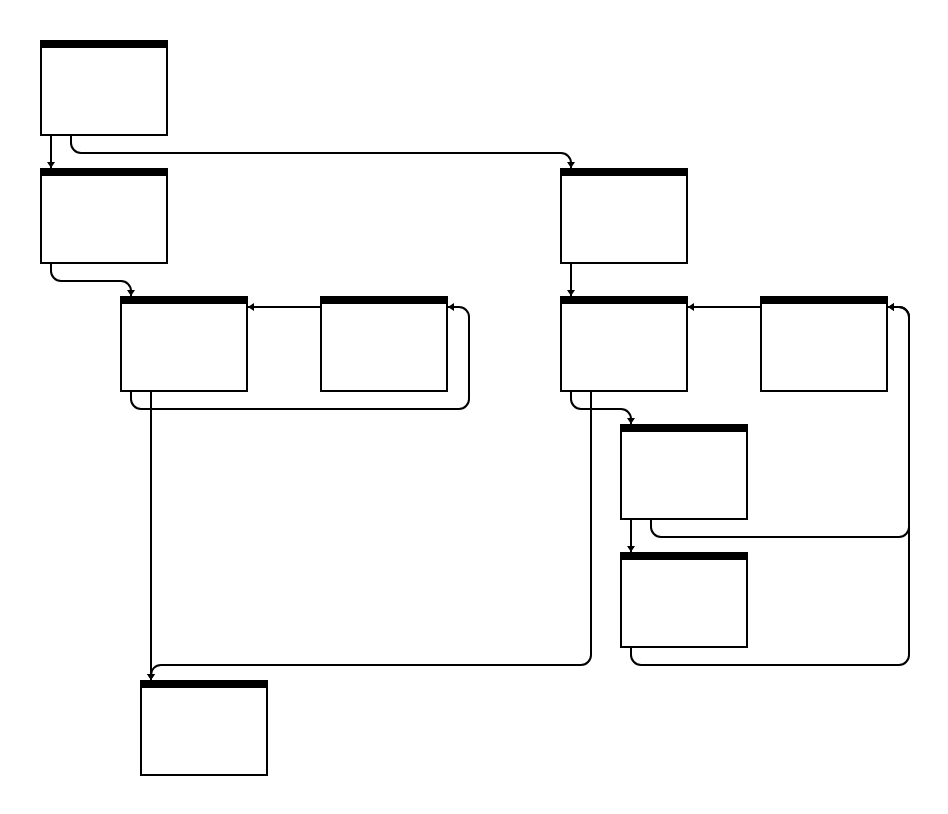I've spent the last few days working on a tool to help the robotics students test their climber ideas by seeing how the robot will naturally hang from a bar.
The students came up with a climber design that, while the geometry worked out, failed to actually climb because it hung at the wrong angle. A hanging object always wants its center of mass directly below the point of attachment - but this has proven to be hard for the students to understand and keep in mind while designing. This tool should make that a lot easier.
It is ugly as hell right now, and needs a lot of fixes and improvements still, but it's already almost perfectly replicating exactly the problems we saw with our real robot in competition.
(Written in C, using Raylib, and compiling to WASM.)




























































